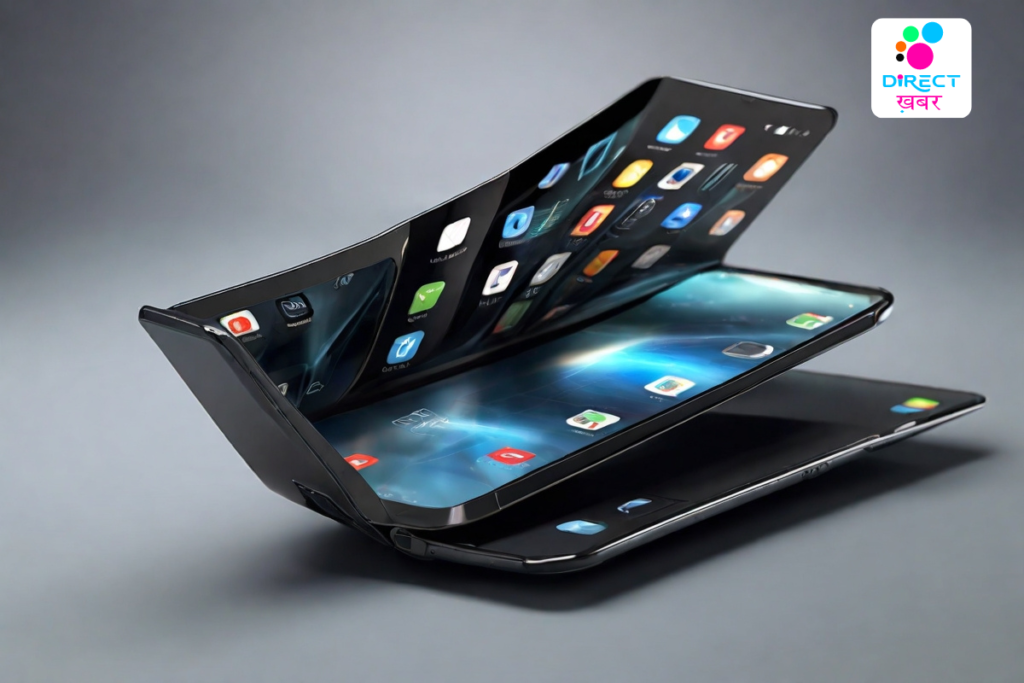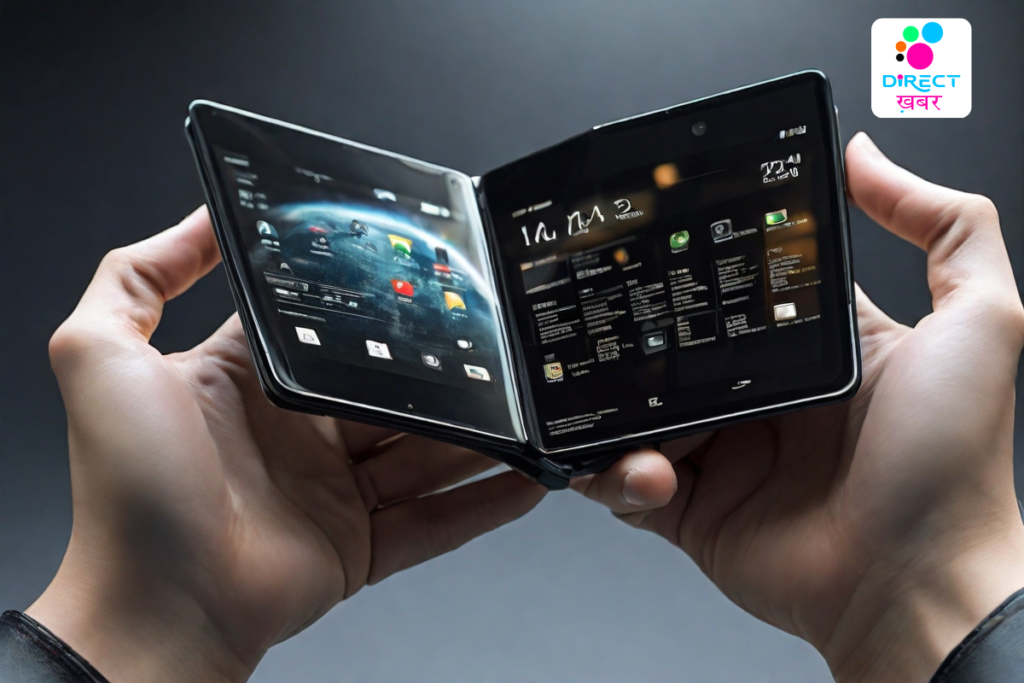The Rise of Foldable Smartphones: Are They the Future of Tech?
The rapid evolution of technology has led to groundbreaking innovations in the smartphone industry. One such innovation that has captured significant attention in recent years is the emergence of foldable smartphones. These devices, which feature flexible displays that can be folded or unfolded, represent a new frontier in mobile technology. In this article, we will explore the rise of foldable mobile phones, examining their potential to shape the future of tech.

Looking ahead, the future of foldable smartphones appears promising. Continued advancements in display technology, materials science, and design innovation are likely to address many of the current challenges facing foldable devices. As production costs decrease and economies of scale improve, foldable mobile phones are expected to become more affordable and accessible to a wider audience.
Origins of Foldable Smartphones
The concept of foldable mobile phones is not entirely new, with early prototypes dating back to the early 2010s. However, it was not until recent years that advances in display technology and manufacturing processes made foldable smartphones commercially viable. Samsung made headlines in 2019 with the release of the Galaxy Fold, the first mass-produced foldable smartphone to hit the market. Since then, other manufacturers such as Huawei, Motorola, and Xiaomi have followed suit, introducing their own foldable devices.

Key Features and Benefits
Foldable smartphones offer several key features and benefits that set them apart from traditional smartphones. One of the most obvious advantages is their ability to transform from a compact form factor into a larger display for enhanced multitasking and media consumption.
This flexibility allows users to enjoy the portability of a smartphone while also benefiting from the larger screen real estate of a tablet. Additionally, foldable smartphones often boast cutting-edge hardware and features, such as advanced camera systems and 5G connectivity, further enhancing their appeal to tech enthusiasts.
Challenges and Limitations
Despite their potential, foldable smartphones face several challenges and limitations that have hindered their widespread adoption. One of the primary concerns is durability, as the folding mechanism and flexible display are prone to wear and tear over time.
Early iterations of foldable smartphones experienced issues such as display creasing and hinge malfunctions, prompting manufacturers to refine their designs and materials. Additionally, foldable smartphones tend to come with hefty price tags, making them inaccessible to all but the most affluent consumers. As such, cost remains a significant barrier to entry for many prospective buyers.
Future Outlook
Looking ahead, the future of foldable smartphones appears promising, with ongoing advancements likely to address many of the current challenges. Manufacturers are investing heavily in research and development to improve the durability and reliability of foldable devices, with innovations such as ultra-thin glass and advanced hinge mechanisms already making their way to market.
Moreover, as production costs decrease and economies of scale improve, foldable smartphones are expected to become more affordable and accessible to a wider audience. In the coming years, we can expect to see continued innovation and evolution in the foldable smartphone space, with new form factors and features pushing the boundaries of what is possible with mobile technology.

Foldable smartphones represent an exciting evolution in the world of tech, offering a glimpse into the future of mobile computing. While still in the early stages of development, these devices hold immense potential to revolutionize the way we interact with our devices and consume content on the go.
Despite facing challenges such as durability and cost, ongoing advancements and investments in the foldable smartphone market suggest that these obstacles will likely be overcome in the years to come. As such, it is not unreasonable to suggest that foldable smartphones could indeed be the future of tech, paving the way for a new era of innovation and creativity in the smartphone industry.






